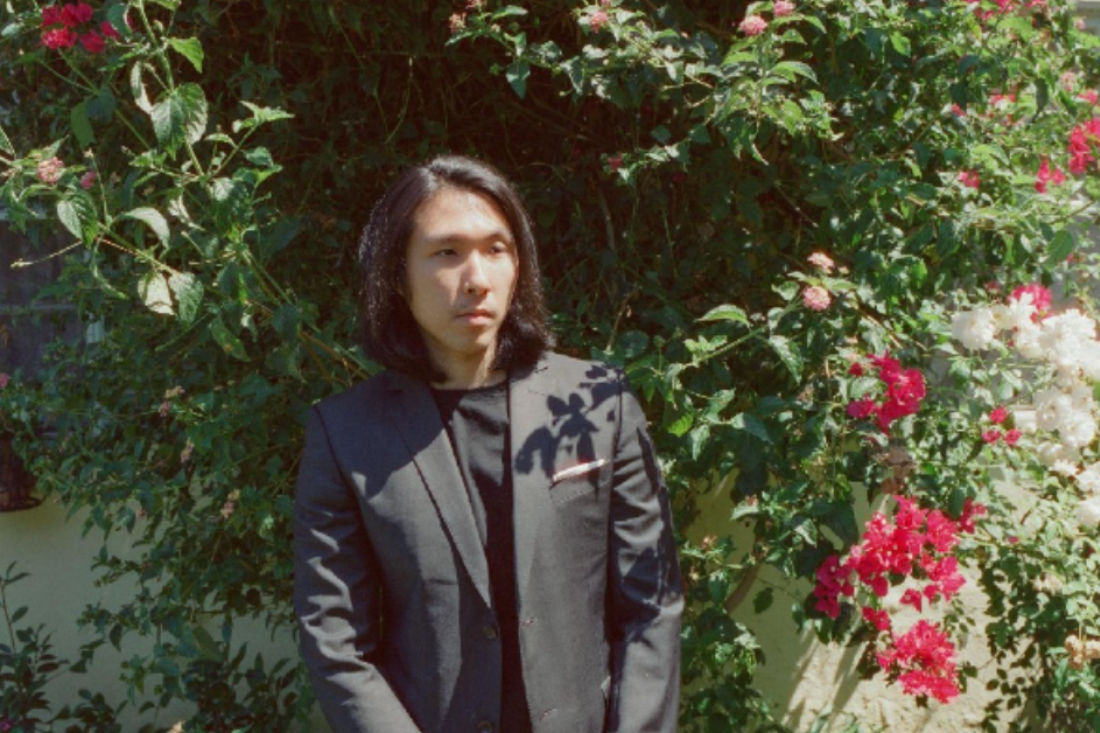For decades, pop artists have found ways to connect with society by giving their own take on pop culture moments. In doing so, they often reflect the ideas and trends of their time. One of the most notorious examples of appropriation art is Andy Warhol’s “Campbell’s Soup Cans” series, in which Warhol tapped into ideas of consumerism, commercialism and capitalism.
Taking a similar approach, New York City-based artist Sean Go also has subliminal messages in his work. As a proud Filipino immigrant, Go’s art frequently pays homage to his indigenous background and spotlights his experiences as a minority in America. Go has an uncanny ability to captivate the consumer with visceral art and showcase the contradiction between the American dream and the immigrant experience.
As a nod to his Filipino roots, “Tanduay Neverland” portrays enemies coming together “through shared love for a classic Filipino brand of alcohol,” according to the image description. Further, in “Pumba Tocino Spam,” Go cleverly winks at the popularity of Spam in his home country with a playful reference to the character Pumba from The Lion King. Continuing with the Disney references, Go’s “Frozen Kalesa” hilariously juxtaposes the character Elsa, from Frozen, on a horse next to a Kalesa, the local Filipino carriage “reminiscent of private transportation in the Spanish colonial era,” as if she is the one leading the transport.
Outside of art pertaining to his home country, Go also uses a pop expressionist style to convey his subtle societal opinions through unexpected and comical pieces. Take his “Sleeping Beauty Series,” for example. While Disney intends to give hope and inspire creativity, Go takes a more realistic approach to the film Sleeping Beauty and shows the not-so-healthy routines of women. Across two pieces, Go displays Sleeping Beauty as addicted to both sleeping aides and caffeine. Go’s “Jollibee Happy” pieces point at the “consumer industrial complex” in the Philippines. Many fail to see the more nuanced relationships within capitalism that can be exploitative, especially in industries like consumer products and food.
As a food enthusiast and having also taken more than 80 hours of courses at the San Francisco Cooking School, Go loves to play with food. According to the image description, “Wagyu Hearts” communicates the idea that “wagyu on a sizzling stone grill can be perfect and heavenly, but if you are given too much of it, you start to fatigue and cannot take any more of the finest quality beef. Similarly, if you give too much love—agape, eros or love for your family, then it feels less valuable and can be too much for the one receiving it as well. As fine dining chefs learn in cooking school, sometimes, less is more.”
Another set of pieces lined with dark humor is “Oyakodon,” meaning “Mother and Child.” According to the image description, the piece celebrates the “bond between the mother and child. The chicken, the mother, dies along with her egg, to feed a hungry human,” and is inspired by Ang Kiukok’s “Mother and Child,” a “family-owned painting” that Go loved in his childhood.
In a short time span, Go has put on five shows in three different countries: America, Indonesia and the Philippines. Though it can be especially notable to receive international recognition, Go says his most beloved show was in Manila, Philippines, his home country’s capital city. His first solo show in Manila will take place in June 2023, organized by Derek Flores of DF Agency.
As Go continues to share his vision with the world, visit his website, online store, Instagram and Twitter for more information.






